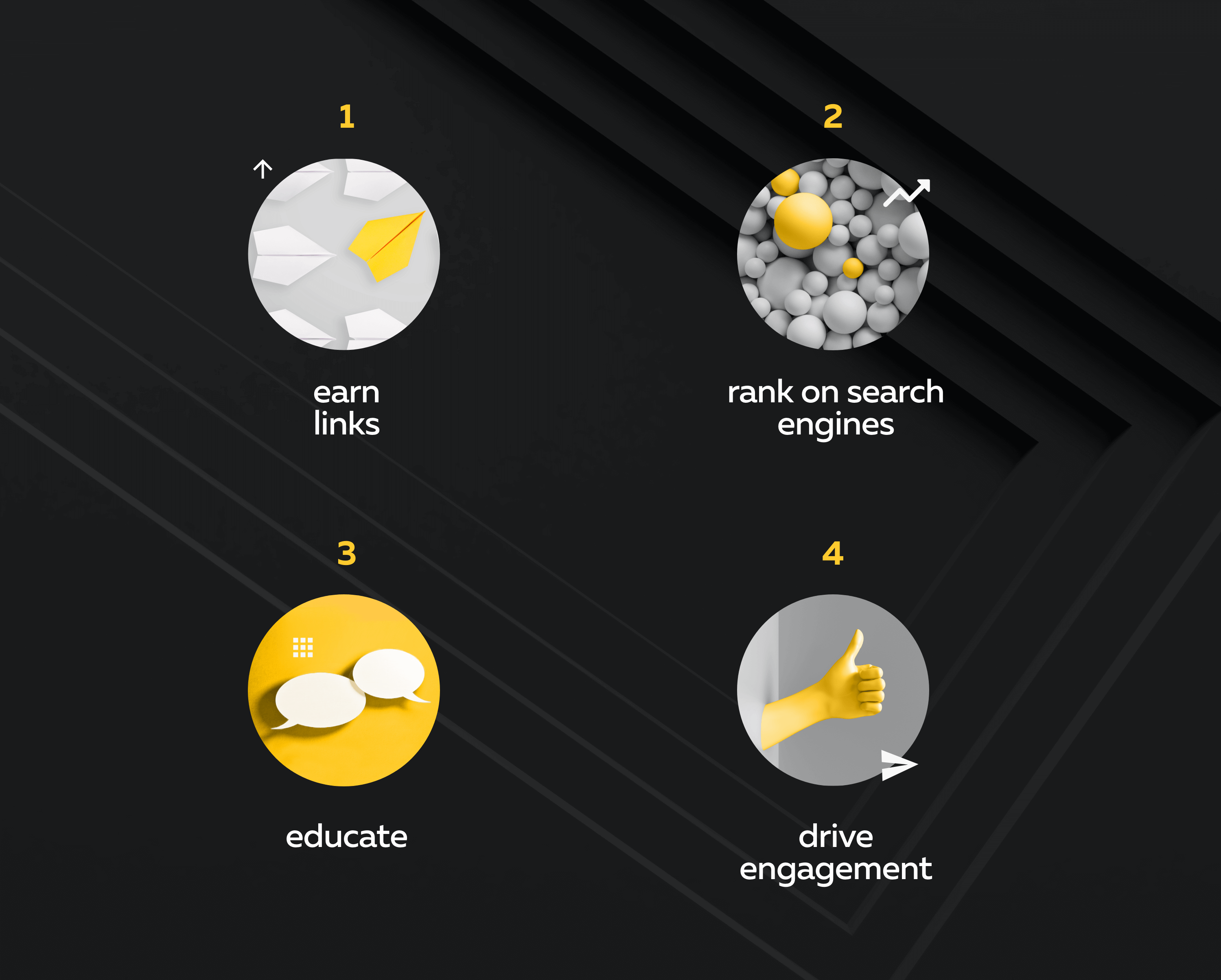


Content for content’s sake is bad. It’s bad because it’s an expenditure of money and energy that won’t bring any value to your company. According to a summary by Content Marketing Institute, 56% reported a planned increase in content marketing creation from 2018 to 2019. That takes a lot of money. If you don’t do anything about content measurement, you may as well print out that blog post, crinkle it up, and toss it randomly toward your trash bin. Don’t do that.

Michael Jordan famously said, “You miss 100% of the shots you don’t take.” Or it could have been Wayne Gretzky. in any case, do you know what they both have in common? They were aiming for a goal. They weren’t randomly tossing balls and pucks into the air. They had an objective measurement of whether their shots were hits or misses. Let’s figure out where your goals are and whether your content is hitting them.
Let’s assume you have good content
You’re leveraging social media accounts to point to your blog. You’re offering eBooks and infographics to showcase your thought leadership. You’re dabbling in Google Ads to attract more attention to your site. You are doing all this good stuff but (and you knew there would be a “but” in the end, right?) you are not measuring your marketing.
Without content measurement in place, without measuring what you are doing, your content marketing still isn’t as good as it could be. Why? Because if you don’t analyze what is working and what isn’t, how are you going to know if you’re accomplishing your goals? That same Content Marketing Institute study reports only 49% measure their content marketing ROI. Less than half. Don’t be in the bad half.
Get goal-driven
Every bit of content you market should have a goal. In fact, your goals should be created first. This way, your goals will become the skeleton upon which your content marketing strategy will be molded.
Begin by examining how people find you online, how you want them to find you, and how they find your competitors. Develop lists of search terms and phrases for your content plan. Put the terms in order of importance for your brand.
But don’t just pick very precise keywords. While a good keyword list is full of specific terms related to your company, include some broad keywords, too, which could lead customers to your door. A joint study by the Queensland University of Technology and the City University of Hong Kong found that most online searches fall into two basic categories: exact information related to a keyword and more generalized information related to a topic. Also, in 2018, Google reported mobile searches for “looks like” and “similar to” had risen 60% over the previous two years. Use this information to help shape some of your more peripheral search terms.

So, what are your content goals?
Every single piece of content you put online should serve a purpose. Each bit of content can have one specific purpose or multiple goals, depending on how the content is used. Search Engine Journal (SEJ) has divided online content goals into four simple categories:

Notice how videos can earn you links and be used to drive engagement. Marvel at the realization that educational materials can also boost your SEO results. Celebrate how all these categories can boost your brand awareness. Bathe in the irony that if it wasn’t for the goals above, this very blog post probably wouldn’t exist!

How could you measure them?
How do you know your content working toward your goals? How do you make sure you hear the sound of the tree falling? Have we mentioned content measurement yet? (I think we might have.)
Now is when you pick the top key performance indicators (KPIs) to properly measure how well your content is doing. It is important to make sure your metrics and goals are aligned, even though in 2018, 54% reported otherwise. To get your goals and metrics in harmony, let’s revisit the list from above.
Do keep in mind, as SEJ points out, “…establishing KPIs is not a one-time event.” Managing your content marketing analytics will continue as long as you have and are producing content. Over time (remember, content marketing is a long game approach), you’ll gain insight into what tactics and types of content were successful for achieving your goals. From there, you will be able to refine your content marketing strategy, measuring all the way.


